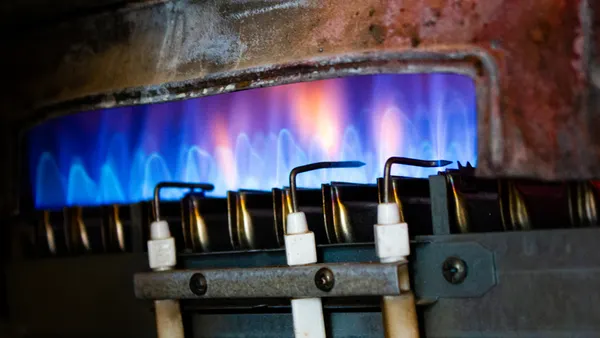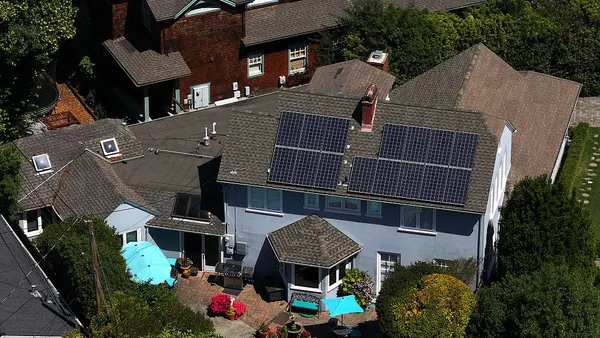Dive Brief:
- Stakeholders at PJM Interconnection's Markets and Reliability Committee have endorsed the creation of a senior task force to study how summer-only demand response may be valued within the PJM marketplace —outside of the capacity market.
- Demand response participation tumbled in the grid operator's 2020/2021 Base Residual Auction, the result of new rules that require resources to be capable of sustained operation on an annual basis.
- PJM procured 7,820 MW of demand response in the auction — down from 10,348 MW in the previous auction, and about a 24% reduction.
Dive Insight:
New rules developed in the wake of the extreme winter Polar Vortex event three years ago have had an impact on demand response in the PJM footprint. Now, the grid operator is considering how better to include the highly-seasonal resource.
In a blog post, PJM said the scope of the problem statement had been "narrowed from considering all seasonal resources to focus on summer-only demand response, given that it was the seasonal resource with the largest amount of offered, but not cleared, megawatts in the 2020/2021 Base Residual Auction."
Capacity prices across most of the PJM market fell for the 2020-2021 delivery year, coming in under expectations and clearing 165,109 MW of unforced capacity in total. Demand response capacity clearing PJM's annual auction peaked in 2012, a year after the Federal Energy Regulatory Commission issued Order 745.
But after the polar vortex of 2014, when many resources were forced offline by extreme temperatures, the operator instituted new capacity requirements aiming to provide greater resiliency. But by requiring resources to be available year-round, PJM created a situation where demand response resources in the summer could not find enough winter resources to pair with, to create a year-round offer.
But while PJM is looking at how to include summer resources outside of the capacity market, it is not backing down from the new requirements.
In the problem statement, PJM noted that recent auction clearing results indicate that much of the demand response that cleared in previous auctions as a sub-annual resource "was able to make the transition to an annual commitment for the 2020/2021 Delivery Year, indicating that participation in RPM as a supply resource is still the preferred viable method for Curtailment Service Providers and customers to realize value for Demand Response resources."














